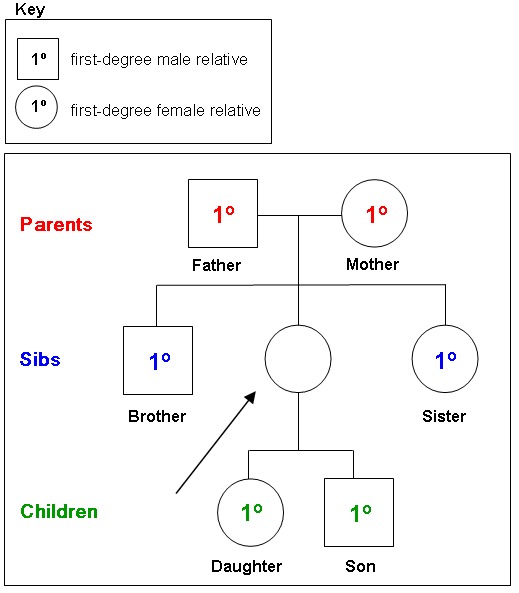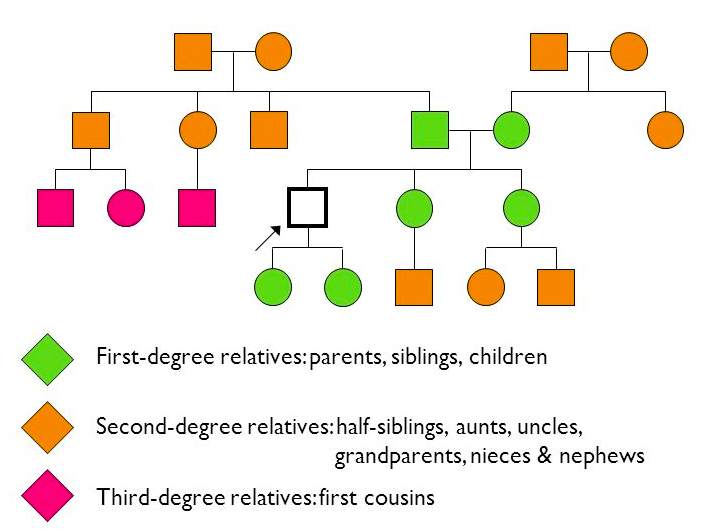First and second degree relatives refer to the family members who are closest to an individual in terms of genetic relatedness. These terms are often used in genetics, medicine, and genealogy to understand inherited traits or diseases, as well as to construct family trees.
1st Degree Relatives
First degree relatives are the family members you are most closely related to. They share about 50% of their genes with you. This group includes:
- Parents: Your biological mother and father.
- Children: Your biological sons and daughters.
- Siblings: Your full brothers and sisters.
These relationships are direct and involve only one step in the family lineage, either upwards to a parent or downwards to a child, or horizontally to siblings.
2nd Degree Relatives
Second degree relatives are those who share about 25% of their genes with you. This category extends to include:
- Grandparents: Your mother’s and father’s parents.
- Grandchildren: The children of your biological sons and daughters.
- Half-siblings: Brothers and sisters with whom you share one biological parent.
- Aunts and Uncles: The brothers and sisters of your biological parents.
- Nieces and Nephews: The biological children of your full siblings.
These relationships involve two steps in the family tree, either up and then down (as with grandparents to you or you to grandchildren) or across and down (as with aunts/uncles to you or you to nieces/nephews).


